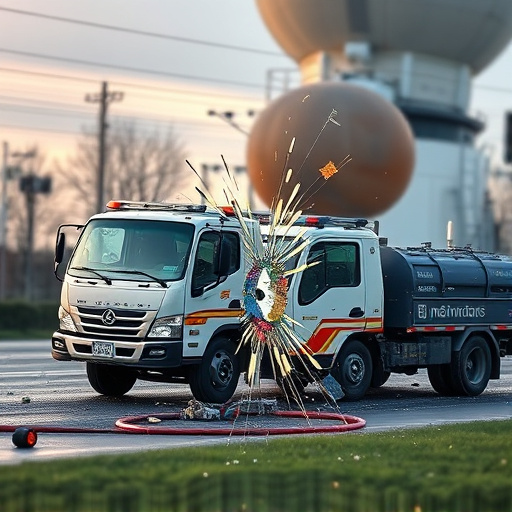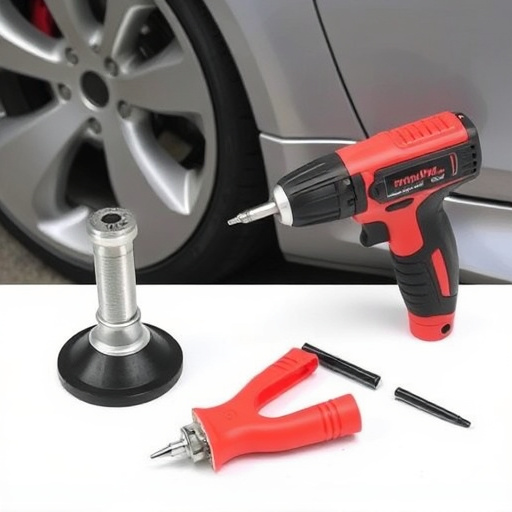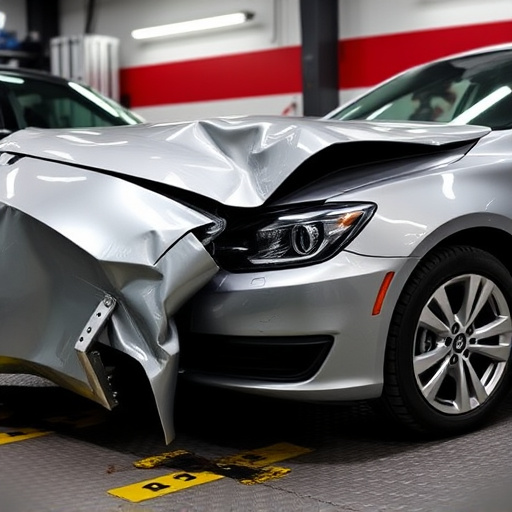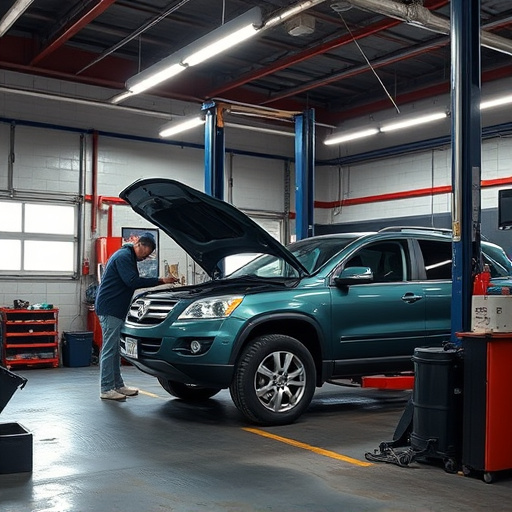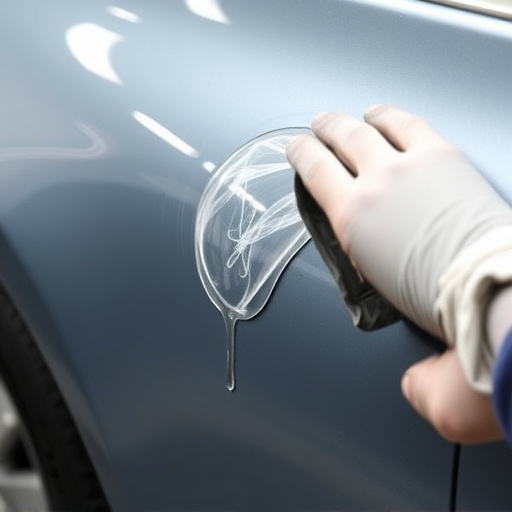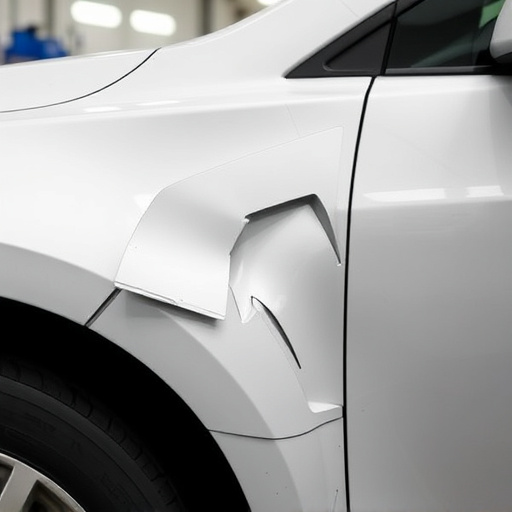Post-accident frame analysis is a meticulous examination of vehicle damage and evidence to understand collision dynamics, providing critical insights into positioning, deformation, and component behavior. Tire service providers use it to assess tire roles, revealing impact intensity and direction for accurate repairs. This process aids in accident investigation, guides dent and scratch repair, and contributes to improving vehicle bodywork and safety standards. Environmental factors, including weather and road conditions, significantly impact collision dynamics and must be considered for comprehensive analysis.
Post-accident frame analysis offers a critical window into understanding collision dynamics, revealing insights beyond initial observations. By examining footage from various angles, researchers can uncover key events, driver behaviors, and environmental factors that contribute to accidents. This in-depth analysis goes beyond the visible to interpret reaction times, identify patterns, and pinpoint areas for improvement in safety protocols. Through a comprehensive look at post-accident scenes, we gain valuable knowledge aimed at preventing future collisions.
- Uncovering Key Insights from Post-Accident Footage
- Analyzing Driver Behavior and Reaction Times
- The Role of Environmental Factors in Collision Analysis
Uncovering Key Insights from Post-Accident Footage
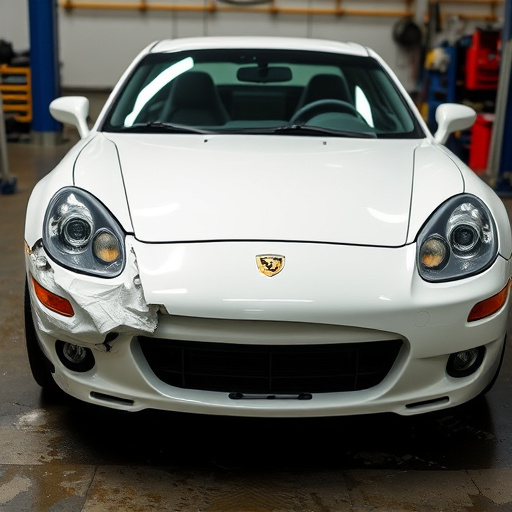
Post-accident frame analysis offers a unique window into understanding collision dynamics and their aftermath. By examining footage from various angles, professionals can uncover critical insights that aid in reconstructing events. This process involves meticulous frame-by-frame scrutiny, allowing experts to identify subtle changes in vehicle positioning, deformation, and the behavior of components like tires.
For instance, tire services providers often leverage post-accident frame analysis to assess the role of tires in a collision. The condition and alignment of tires can reveal crucial details about the impact’s intensity and direction. In cases involving Mercedes Benz repair, for example, this analysis is invaluable for determining the extent of damage to specialized components, ensuring that every part—from body panels to sophisticated electrical systems—is accurately assessed for necessary car damage repair.
Analyzing Driver Behavior and Reaction Times
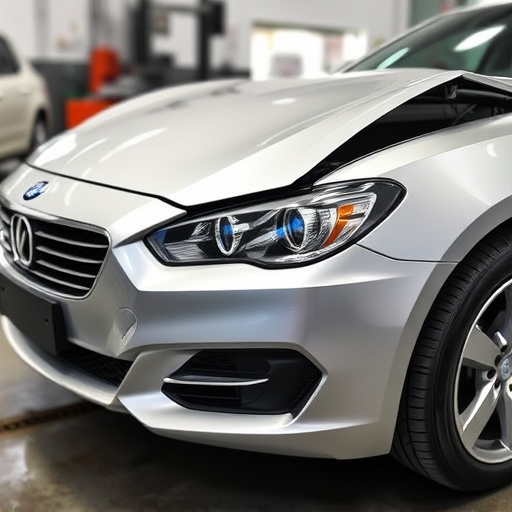
Post-accident frame analysis offers a critical insight into driver behavior and reaction times, which are essential elements in understanding collision dynamics. By examining the physical evidence left behind, experts can reconstruct events that led up to the incident. This process involves meticulous scrutiny of vehicle damage, tire marks, and other visible signs. For instance, analyzing the angle and extent of car scratches or dents can provide clues about the speed and direction of vehicles involved.
Moreover, post-accident frame analysis considers reaction times by assessing the distance between stop marks or skid traces. This data helps in determining how quickly drivers responded to hazardous situations, which is vital for preventing future accidents. For minor incidents like car scratches or dents, such analysis can guide professionals in dent repair or car scratch repair, ensuring that vehicles return to their pre-accident condition. Ultimately, this comprehensive approach not only aids in accident reconstruction but also contributes to the overall improvement of vehicle bodywork and safety standards.
The Role of Environmental Factors in Collision Analysis
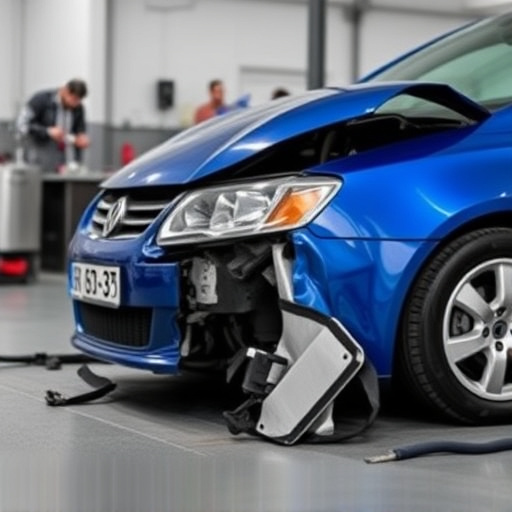
Environmental factors play a significant role in post-accident frame analysis, offering valuable insights into collision dynamics. Weather conditions, for instance, can greatly impact vehicle performance and visibility during an incident. Rain or snow might reduce traction, while fog can obscure vision, affecting both driver reaction times and overall collision severity. These external elements are crucial considerations when investigating accidents, as they can influence the trajectory of vehicles involved and contribute to a comprehensive understanding of the event.
Moreover, geographical features such as road design, traffic signs, and nearby structures also come into play. Well-maintained roads with clear markings and adequate signage can prevent collisions by providing drivers with essential guidance. Conversely, poorly maintained or obscured signs might lead to human error, emphasizing the importance of regular auto maintenance and timely auto repair near me for optimal vehicle safety. Environmental analysis, therefore, is an integral part of post-accident frame analysis, contributing to the restoration of vehicles and ensuring safer automotive practices.
Post-accident frame analysis provides invaluable insights into collision dynamics, enabling a deeper understanding of driver behavior, environmental influences, and reaction times. By examining key footage, we can identify critical factors contributing to accidents, leading to improved safety measures and better-informed decision-making in the future. This analytical approach is essential for enhancing road safety and preventing similar incidents, ultimately saving lives and reducing the impact of collisions.

